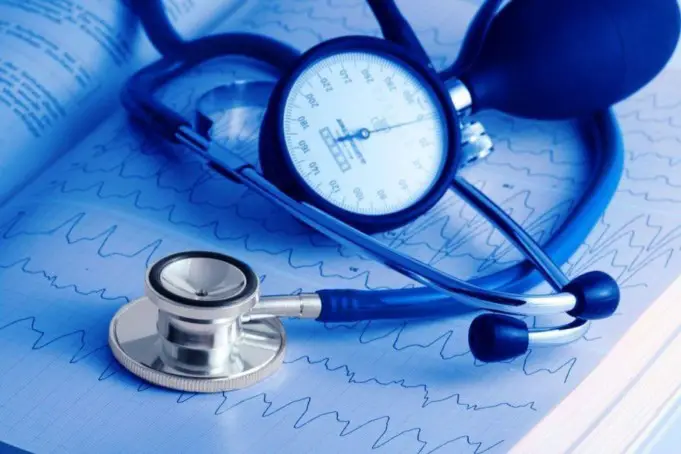It’s well-known that the NHS is incredibly stretched at present, with a seismic lack of funding contributing to an inefficient and largely inadequate service.
This is reflected by a number data sets, with NHS medication errors contributing to as many as 22,000 deaths a year in the UK. This is according to a recently commissioned government report, which highlighted prescription errors and communication mix-ups as being the key culprits.
The financial and human cost of such errors is huge, but could nursing observations technology provide a potential solution? We’ll explore this in the article below.
Introducing eObservations as the Future of Patient Care
When considering the root cause of medication errors, the use of handwritten records, prescriptions and charts features prominently.
For years, healthcare professionals have communicated with one another using handwritten instructions, but the fact remains that this is fraught with risk and danger.
This can be particularly problematic for trusts offering in-patient care, as professionals will often have to monitor numerous people at once while regularly recording their condition. In this respect, nursing observations can often be rushed and frantically scribbled down on paper, increasing the likelihood of errors and misinterpretation.
With eObservations technology, however, such records can be created and maintained electronically at the point of care. Not only this, but real-time data can also be inputted and shared through a variety of devices, including tablets, laptops and even smartphones.
Another key benefit of this is that healthcare professionals will no longer need to manually calculate early warning scores for at-risk patients, as this can be performed automatically at the point of care.
On a fundamental level, this will reduce long-term costs and boost efficiency, while also minimising the risk of human error.
Beyond this, the application of such technology will also enable nurses and healthcare professionals to spend more time caring for their patients, improving the quality of treatment that they receive in the process.
The Last Word
This is central to the survival of the NHS, which must overcome its modern-day deficiencies and strive to provide patient-centric care at all times.
The long-term benefits of this technology are significant, as it will minimise instances in which a patients’ health is compromised by poorly written or misinterpreted notes. The financial implications are also huge, with the e-Observations module capable of saving the NHS and medical trusts around £650,000 per annum.
This may be a drop of the ocean when compared to the cost of running the NHS, but it shows how technological advancement and adoption within the sector can impact positively on the service in the future.












